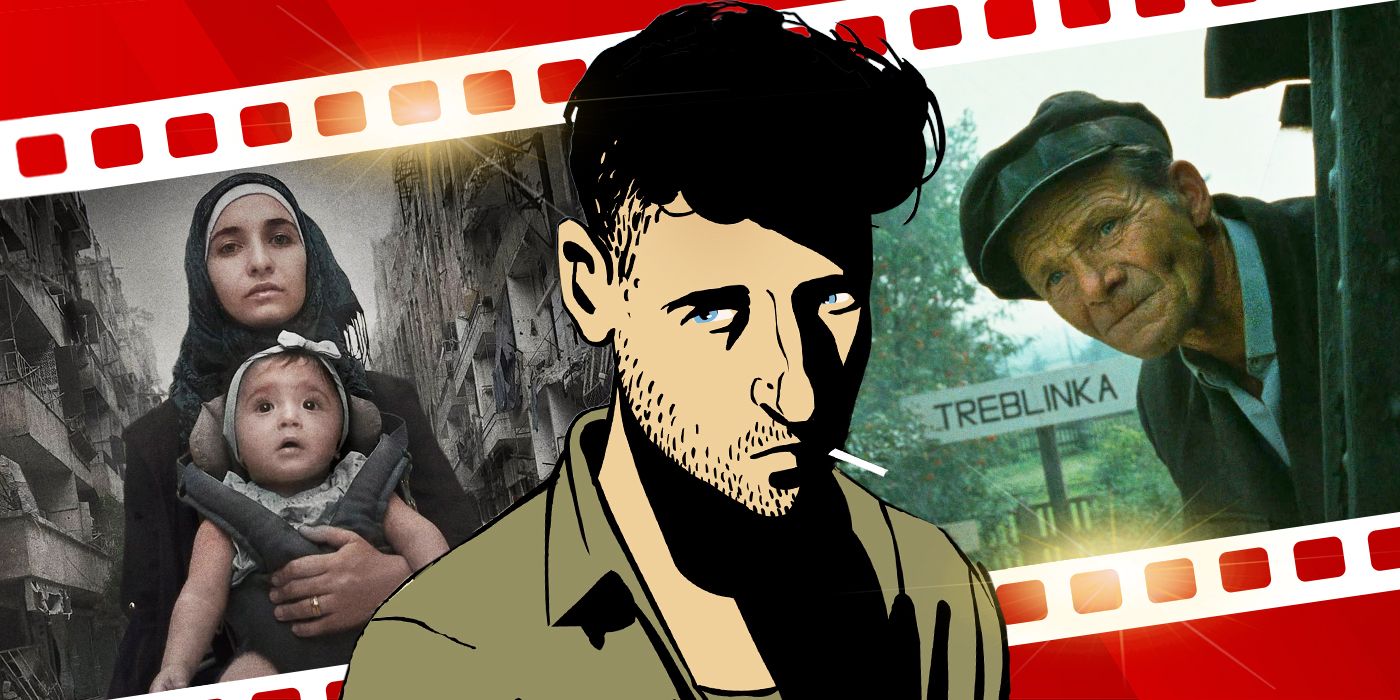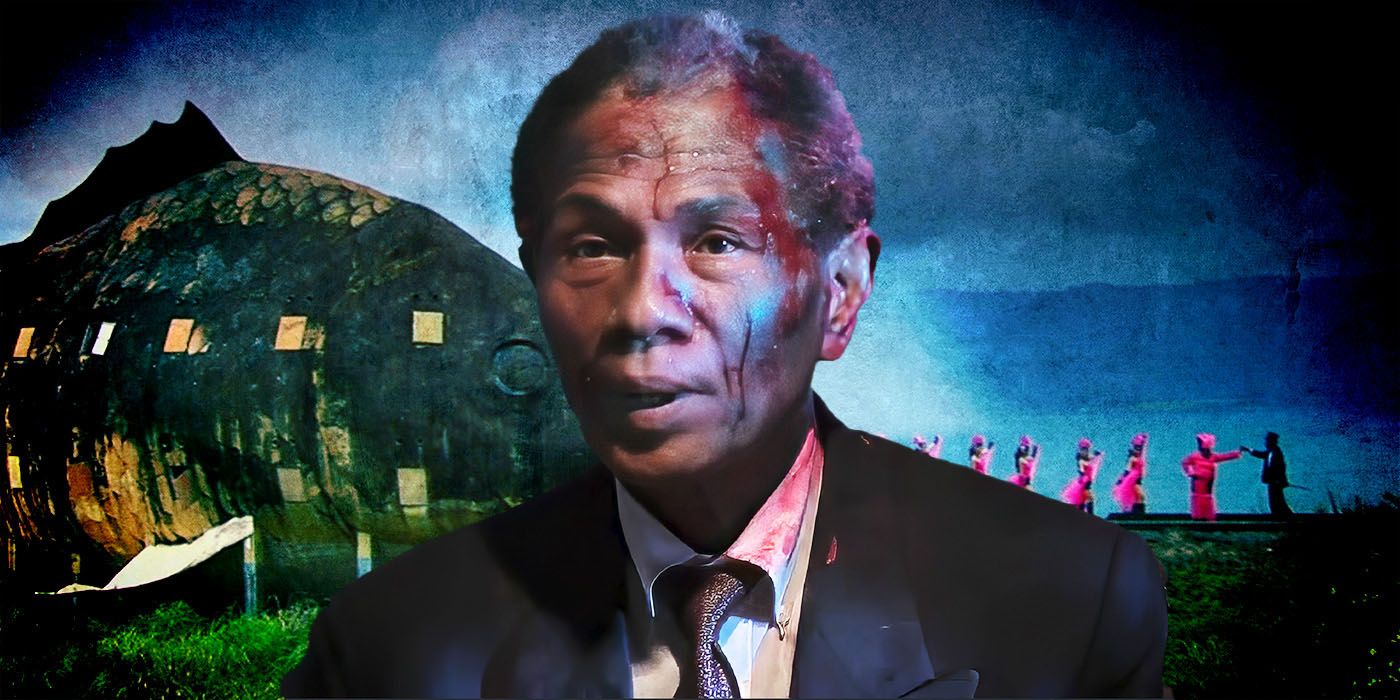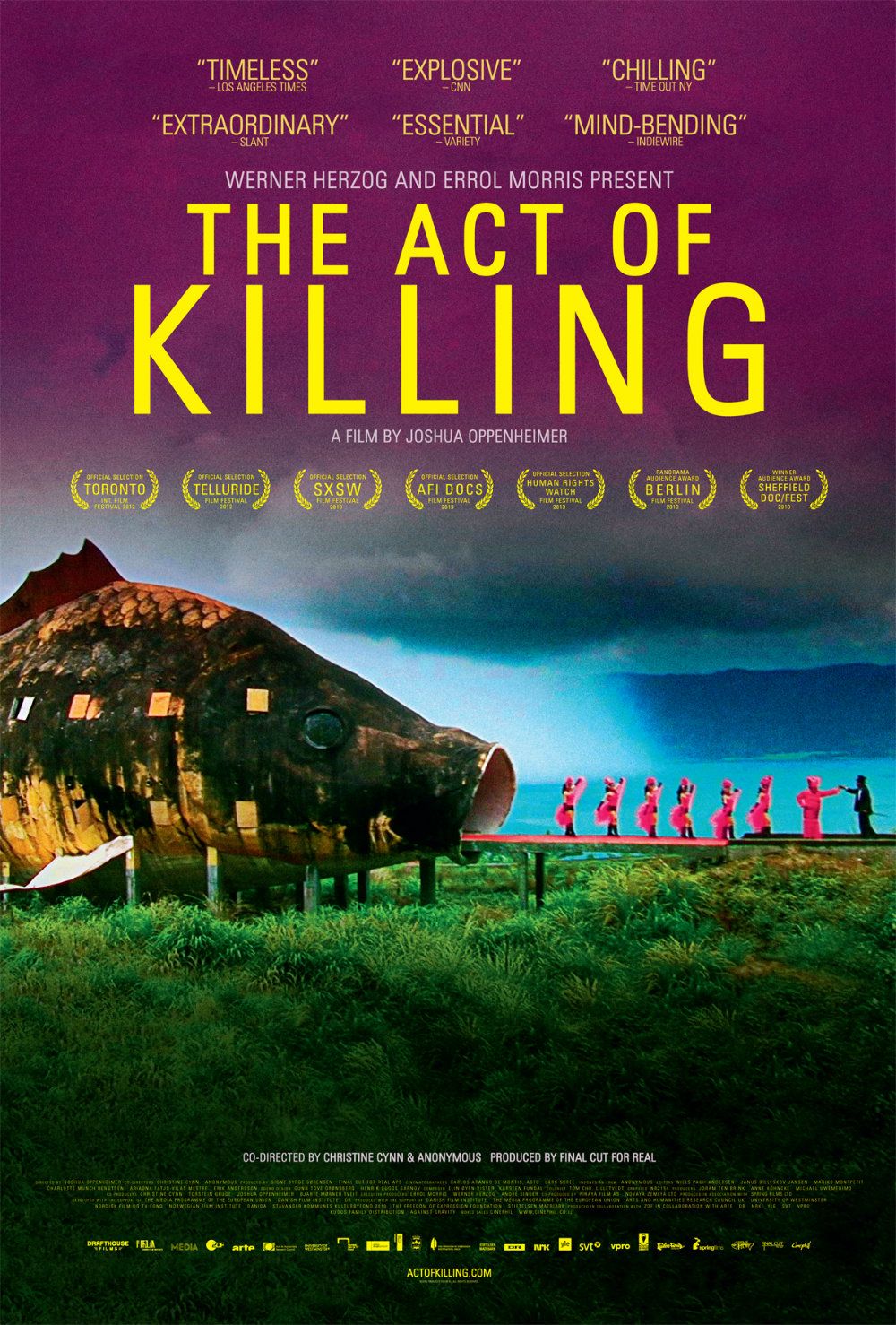Content Warning: the article below discusses mass murder and graphic violence.
The Big Picture
- The Act of Killing on Netflix is a haunting documentary that showcases real perpetrators of violence who live without remorse or regret.
- Through innovative reenactments, the film blurs the lines between reality and fiction, pulling viewers in as unwilling participants.
- The brutal honesty of the documentary forces audiences to confront the terrifying reality of perpetrators confidently walking the streets with power.
Joshua Oppenheimer's documentary, The Act of Killing, may just be the most petrifying movie you could ever see on Netflix. While there are no elaborate sequences of tension-building, nor are there any surprising jump scares coming out of the blue to blow your pants off, The Act of Killing is utterly terrifying because everything seen on screen was real, and the perpetrators of the horrific violence and cruelty documented remain defiantly remorseless and proud. Presenting the 1965-1966 Indonesian communist purge under Suharto through the eyes of its facilitators, the documentary incessantly rips through its subjects' idea of rightness, fully encapsulating an estranged relationship between order and morality. This picture is too real to be staged, and too difficult to accept. Ultimately, it begs the question: as human beings, how did we let these atrocities come to fruition?
The Production of 'The Act of Killling'
The seeds of The Act of Killing were planted around the early 2000s. Oppenheimer learned of the grisly mass-murders when he and co-director Christine Cynn were looking to help document the plight of Indonesian plantation workers in organizing a union on a Belgian-owned oil plantation complex. The workers' fear stemmed from the painful memories of their parents and grandparents dying at the hands of the perpetrators of the communist purge. The fact that these criminals still ran the country further drove the point home. When production began, the Indonesian army didn't want survivors to participate in the filming. The workers suggested that they film the leaders of the death squads instead, and from 2005 to 2011, Oppenheimer meticulously documented these individuals, still brimming with a great sense of pride in their heinous acts.

The 25 Best War Documentaries of All Time, Ranked
Challenging and thought-provoking films that explore some of the darkest chapters in human history.
Of all the executioners in the death squads, Oppenheimer took a particular interest in Anwar Congo, who eventually becomes the central figure of the documentary. Oppenheimer notes that while Congo was still proud of what he had done, he "could see his pain... he was drinking, taking all these drugs to forget his pain and his trauma". Moreover, there were conflicts within the different death squads of the Pancasila Youth, the paramilitary group that supported Suharto's dictatorship. In order to avoid escalating this inherent dislike of the different factions, Oppenheimer decided that he would only depict Pasukan Kodok, Congo's own death squad. He met with fellow squad members Herman Koto, Adi Zulkadry, and journalist-supporter Ibrahim Sinik to discuss how the film would go. Sinik gave his input on the re-enactments of the killings that were shown in the film.
The Reflexive Nature of 'The Act of Killing'
What makes The Act of Killing stand out from the rest of the pack is in its inventive way of narratively re-enacting the horrific crimes that took place. While it is commonplace for documentaries to have these re-enactments, Thomas Wartenberg in The Act of Killing: Empathy, Morality, and Re- Enactment notes that Oppenheimer makes an innovative choice by having this duplication of the events "orchestrated by the gangsters who are the central characters in the film." Specifically, they are controversially given the chance to recreate their crimes through the lens of various genre films, spanning the range of musicals to film noir. Wartenberg further posits that it would appear "to violate the documentary commitment to being a truthful portrayal of events." However, this move is simply a stroke of genius which gives the picture a fever-dream quality, arguably transcending it from mere reportage to a disturbing piece of great artistic merit.
The narrative of The Act of Killing actively interchanges between the thoughts and predilections of its characters and the scenic recreations of Congo and company. Arguably, this is the most disconcerting thing about The Act of Killing: it pulls viewers to be unwilling participants. It manages to do this through its compelling storytelling, making it hard for anyone to keep their eyes off the screen. At the same time, it makes you feel complicit in their undertakings by being fascinated with the imagery, masterfully crafted by cinematographers Lars Skree and Carlos Arango de Montis. While these dastardly individuals are in their costumes weaving through the cinematic genres, it almost makes you forget what kind of people they are, only to be brought back to reality once they recount their misdeeds. The see-saw action traverses the line between fiction and real life, allowing everyone to experience both a suspension of disbelief and a heart-wrenching wake-up call.
The Honest Brutality in 'The Act of Killing'
One of the main things that strikes audiences in The Act of Killing is that it makes no bones about its intentions. It has a pretty straightforward approach to getting its point across, showing how these merciless executioners prance around the country they have desecrated without any sense of guilt. A few minutes in, the film tracks along Anwar Congo towards a veranda of a public market. Upon arriving at the top, he claims that a lot of ghosts linger around the area, because a lot of people there have met "unnatural deaths." He mentions that beating them to death was too bloody, so he demonstrates a more efficient way of ending their lives: by strangling them with steel wire tied to a post for leverage. What makes this so bone-chilling is how this re-enactment draws a smile from him, and afterward, even has the absolute gall to dance on the same floor where innocent blood was shed. In his eyes, there is no remorse – only nostalgia.
It is a recurring theme of the documentary, hammered home as the audience is shown how the others emulate this brazen attitude. One of the more despicable moments in the film is when members of the Pancasila Youth re-enact how they massacred the residents of Kampung Kolam in 1965. On a shooting break, a segment of the paramilitary organization disgustingly talk about how they would "enjoy heaven on earth" if they ever get their hands on a 14-year-old "communist" girl. It would appear that the re-staging of their crimes does nothing to evoke any penitence on their part, let alone repentance. There is an arrogant nonchalance in the way they converse about such a terrible thing. It radiates an unequivocal feeling of horror, leaving spectators questioning if people like these really exist. Unfortunately, they do. Such is the honest brutality of The Act of Killing. More than its other qualities that leaves everyone in shock, it simply presents a terrifying reality: not only are these people real, but they are confidently walking the streets with a great amount of power in their hands.
Anwar Congo may be the only exception to this, as he experiences some compunction after one of these reflexive recursions. When Congo himself is fictionally strangled with wire, as he so proudly espoused in the beginning of this film, he begins to feel for his victims. He mentions how, at that very moment, terror possessed his body and fear enveloped his being. In his own words, while speaking to Oppenheimer, he "can really feel it", only for the filmmaker to slap him with a haymaker by saying "the people you tortured felt far worse." Congo's feeling of shame may be genuine, but it is merely trivial compared to the real life suffering of the Indonesians who went through such a terrible time in their history. Thankfully, its spiritual successor, The Look of Silence, provided some sort of opportunity for the victims, as it looks at the events through their eyes instead. The Act of Killing remains a testament to those dark days, and how those who committed wrongdoings will never be put to justice. Isn't that the scariest thing you could think of?
The Act of Killing is available for streaming on Netflix in the U.S.



